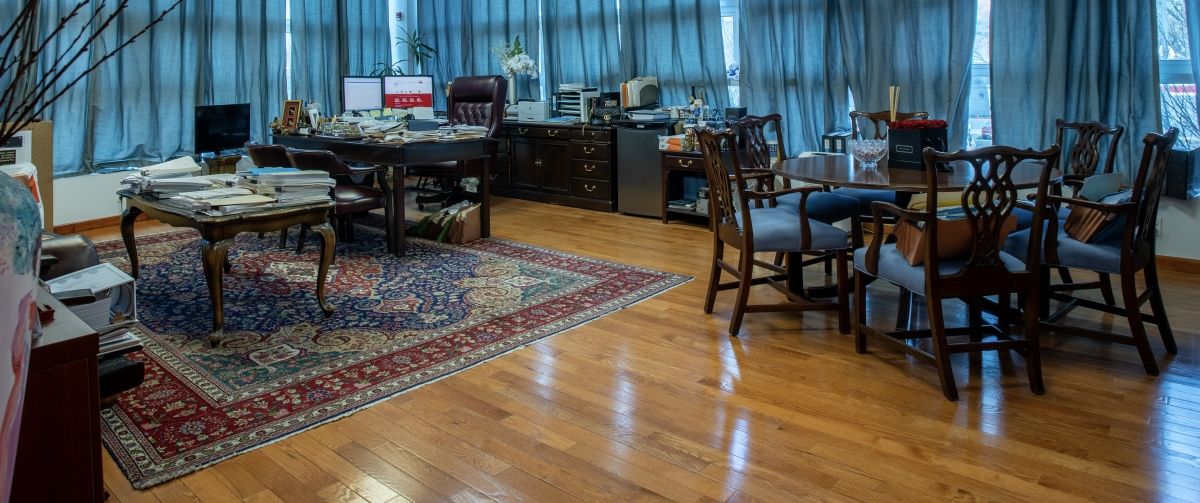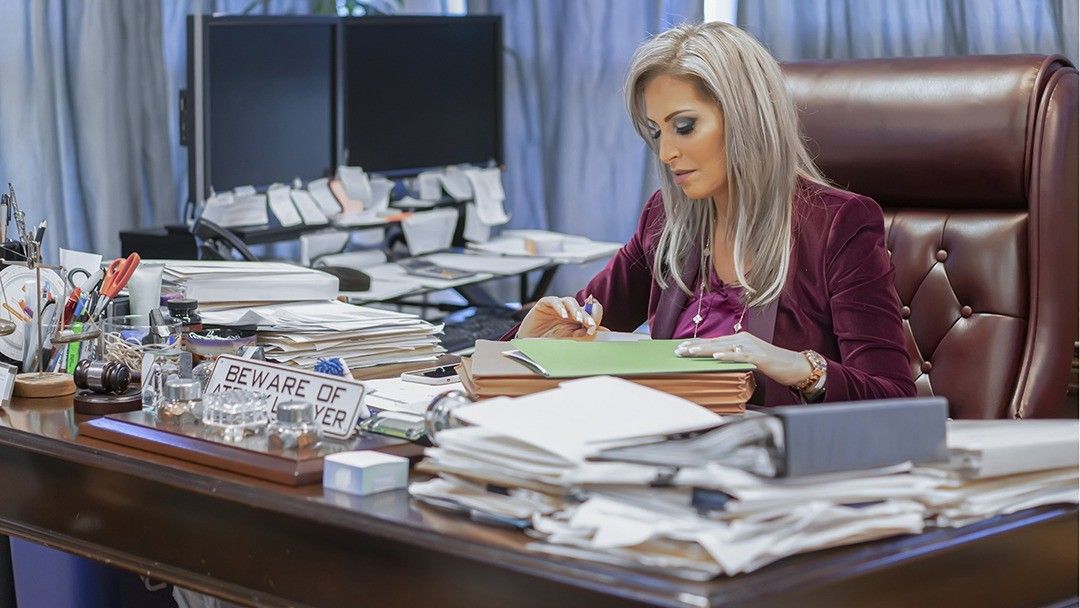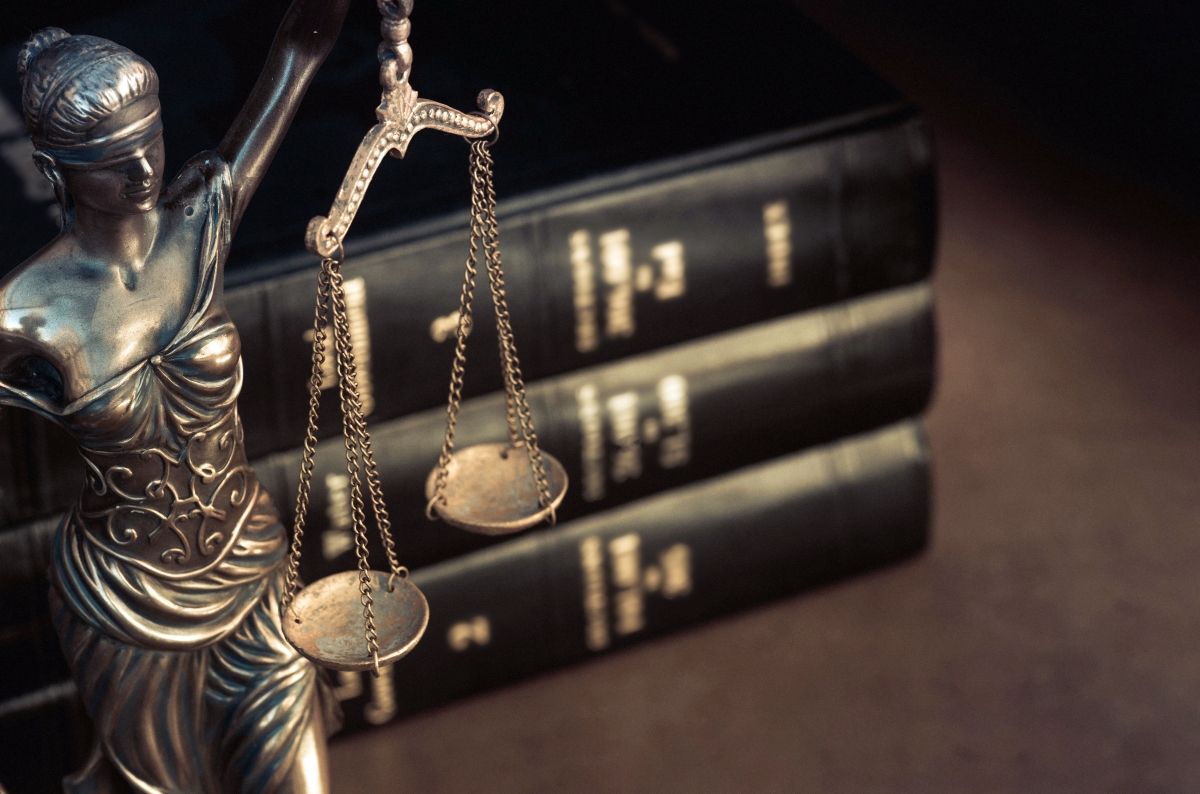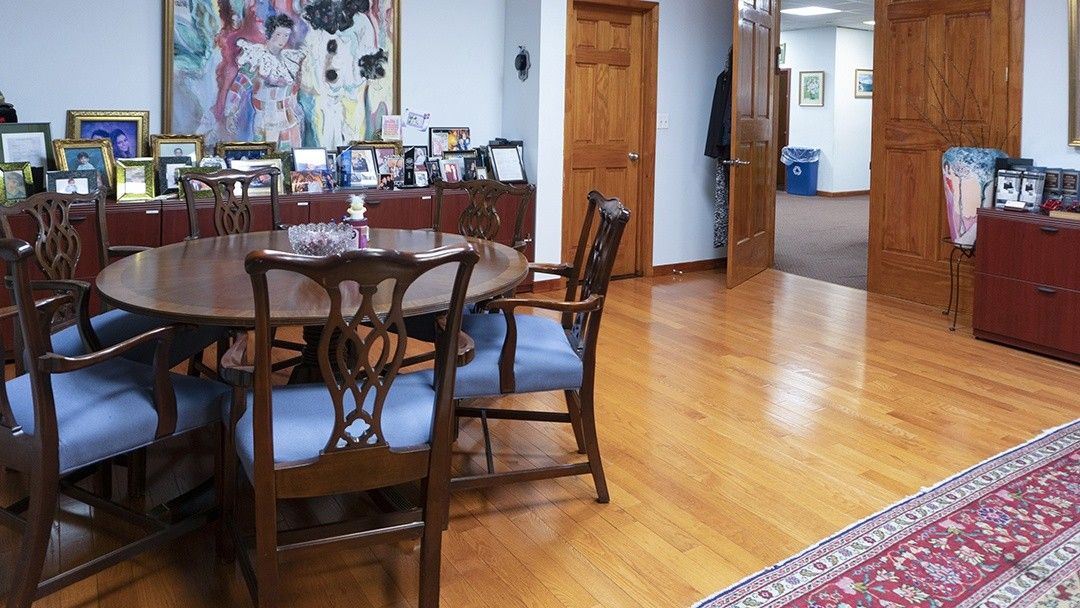Dream Trip to Nightmare: Gator Attack Raises Liability Questions
Family vacations are supposed to be adventures. These trips are where memories are made. From the flat tire that had to be fixed in the middle of nowhere to the time little Jimmy got car sick all over his sister. These moments may seem miserable at the time, but they are the fodder for stories around holiday tables for years to come.
Generally, these stories have happy ending, but this was not the case for a family that recently took a Florida vacation to a Disney resort. Families across the country watched the story unfold, from a little boy playing in the shores of a lagoon to a father’s desperate attempt to free the child from an alligator’s grasp.
The tragic story brings hard questions, the most pressing: When is a hotel or resort liable for an accident on its property?
Hotels, resorts and other areas that request payment for patrons to enter their grounds have a duty to provide a safe environment for guests. Similar responsibilities also extend to places that offer long term living accommodations, such as hotels and condominium communities.
Whether or not a hotel, resort, condominium community or apartment complex is liable for injuries that occur on their property depend on the details of the accident.
Some questions that help determine liability include:
Was the owner aware of a danger?
If the danger is known, the owner is generally required to take certain steps to protect guests. This can include putting up barriers like a fence or removing the danger.
Was the guest aware of the danger?
Additional precautions may be required if the danger is not something that would be obvious to the guest. When it comes to exotic locations designed to attract tourists, like a tropical lagoon at a Florida resort, signs explaining the danger may be appropriate. Similar precautions may be necessary when it comes to a slippery surface that may not be readily apparent at a retail or grocery store.
Was the danger natural?
Another consideration is whether the danger was natural or manmade. Additional precautions are generally required when a danger is manmade. This can fall into a legal realm known as attractive nuisances, particularly when children are involved. An example could involve a pile of dirt or debris from a construction project.
These are just a few of the many questions that are asked when a premises liability issue is present. The answers that go along with these questions may support moving forward with a lawsuit against the owner.






